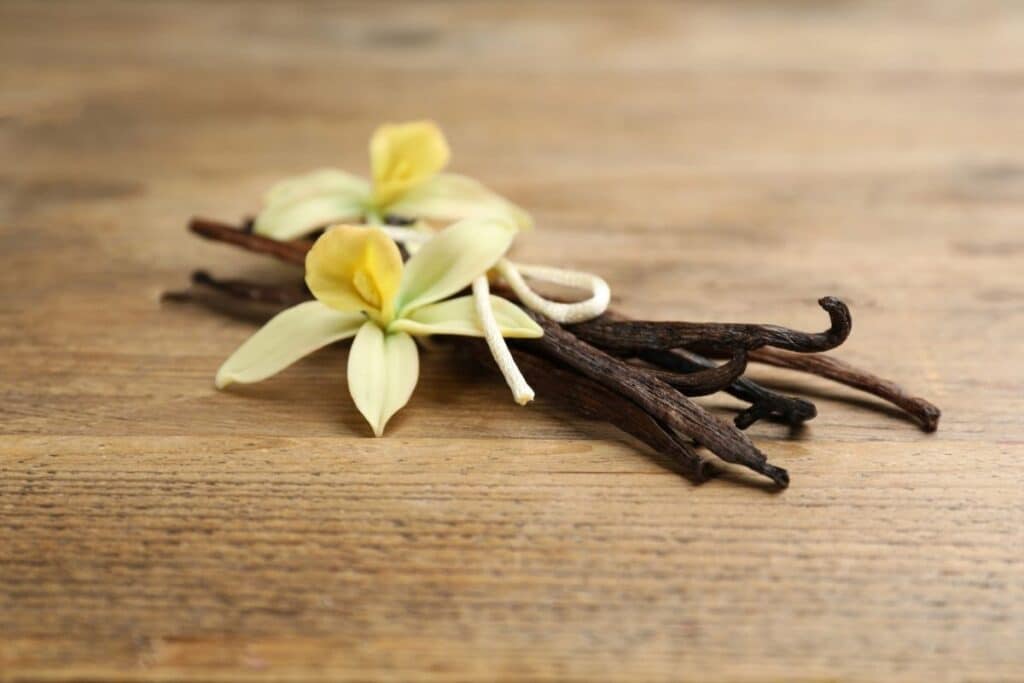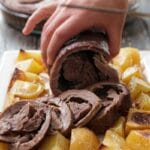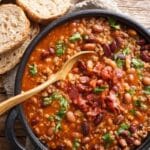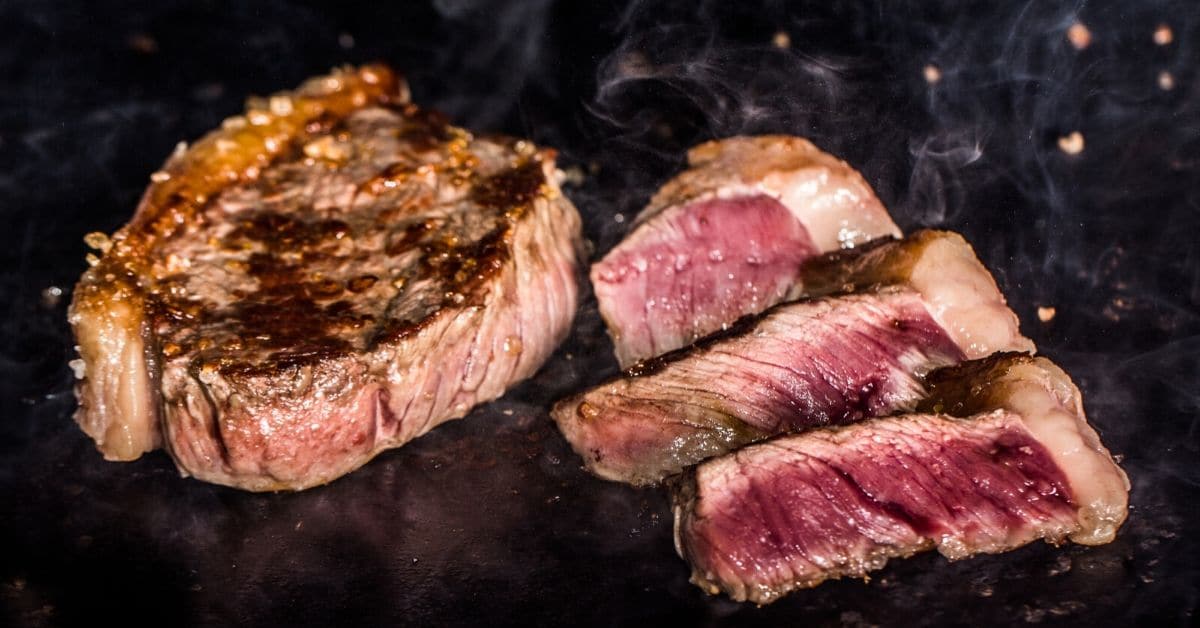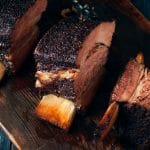In short, vanilla is exceptionally expensive due to several key factors:
- Centralized Production
- Labor-Intensive Process
- Historical Supply and Demand Fluctuations
- Theft
- Climate Challenges
These factors combined have led to the drastic increase in the price of vanilla, making it the second most expensive spice globally.
If you’re an avid baker, you’ve probably noticed that vanilla has become increasingly expensive over the past few years, but did you know that it is worth more by weight than silver? In 2013, one kilogram of natural vanilla cost only $20.
Five years later, this price sky-rocketed to over $600 for the same amount ($300 per pound).
Vanilla is the second most expensive spice in the world, after saffron, and below you will find out exactly why.
Types of Vanilla
As with most other natural produce, vanilla beans have varying flavor profiles depending on where they are grown. This is due to soil and climate differences as well as the unique methods used in each region for curing and drying the beans. The four main types of vanilla beans are:
#1. Madagascar
Also known as Bourbon vanilla, Madagascar vanilla beans are grown on the Indian Ocean islands of Madagascar, Comoros, and Réunion formerly called Île Bourbon (where Bourbon Vanilla gets its name).
Madagascar or Bourbon vanilla is the most popular type. It is thin, with a distinct creamy vanilla flavor. These beans pair well with apples, fish, ice cream, peaches, melon, pears, and strawberries.
#2. Mexican Vanilla
Mexican vanilla beans have a high reputation since the spice originated in this area. They are thicker than other varieties with a woody fragrance and a smooth depth of flavor.
Mexican varieties are ideal in recipes where vanilla is the star of the show such as baked goods, cheesecake, custard, crème brulee, and ice cream.
#3. Tahitian
Tahitian beans are the most expensive type. They are wide, flat, and contain less vanillin than the other varieties. The bean has a floral, fruity aroma with undertones of cherry-chocolate, licorice, and caramel. Tahitian vanilla is often used in commercial perfume products.
#4. Ugandan
Ugandan vanilla beans are rarer than other types featuring an earthy aroma with hints of milk chocolate. Similar to Madagascar vanilla, the flavor is bold due to high levels of vanillin. Ugandan vanilla is slightly sweeter with a milk chocolate undertone, perfect to pair with dishes that also contain chocolate.
See more: Substitute for vanilla extract
Why Is Vanilla so Expensive?
Reason 1: Centralization of Vanilla Bean Growth
Around 80 percent of the world’s vanilla bean supply is generated in one place, that being on the island of Madagascar. Amazingly 70% of Madagascar’s people are reliant on this spice for their income.
The centralization of vanilla growth in one place, however, means that any economic, climate, or export difficulties taking place in the small area around Madagascar will affect most of the world’s supply, making it very volatile with little backup.
If something as widely available as table salt for example is no longer available in one area or country, it is easily and quickly obtainable from elsewhere. However, if Malagasy vanilla production is interrupted, sourcing the spice elsewhere is not such a simple feat. Although vanilla is native to Mexico, deforestation has sadly reduced its natural habitat.
Reason 2: Labor-intensive and Lengthy Growing Process
Vanilla is an incredibly labor-intensive crop to grow. The cultivation process of the orchids from which the bean is harvested is manually driven from start to finish. The vines are hand-planted, hand-harvested, and hand-cured.
In addition, their flowers only bloom on one day of the year on which each individual orchid needs to be hand-pollinated to produce beans. After harvesting, the pods take several months to cure. The full production process takes three to four years.
Due to this lengthy process, it is impossible for farmers to respond to immediate changes in market demand. With a rigid supply and alternating demand, price fluctuations are inevitable. This leads us to the next reason why vanilla is so expensive…
Reason 3: Historical Supply and Demand Fluctuations
Cheaper artificial vanilla dominated the market during the 1980s and farmers reduced production since it was not as profitable. As large companies jumped on the ‘all-natural’ trend around 2011, the demand for real vanilla increased again.
It has, however, taken time for the spice farmers to get back in the business of vanilla farming and increase production. In addition, not all of them wanted to restart this intricate cultivation process.
Reason 4: Theft
Since there is such a high demand for vanilla beans they are a target for theft. After working relentlessly to cultivate their crops some farmers are subject to having their bean crops stolen. As the stolen beans are integrated into the supply chain they are mixed with legally purchased beans which makes it difficult for buyers to determine which are which.
To prevent theft, farmers started picking vanilla beans before they were ripe. Unripe beans result in a slightly lower quality product.
Farmers also started marking their vanilla crops allowing buyers to identify which farm the spice came from.
Reason 5: Climate Challenges
The past few years have seen Madagascar island ravaged by multiple storms that have wrecked thousands of plants. Cyclones are common on the island but climate change is increasing the frequency and intensity of the storms.
If severe storms were to destroy the crops, it would take two to three years for new plants to produce beans. This is a big risk for farmers to take with no guarantee that more storms won’t cause damage over that period. With such climate challenges, supply could continue to drop which drives prices up further.
FAQs
Why is Mexican vanilla so much cheaper?
Mexican vanilla is often cheaper due to differences in production costs and regulations. It may not always meet the same quality standards as other vanillas, and there have been concerns about adulteration or the use of synthetic additives in some Mexican vanilla products.
When did vanilla extract become so expensive?
In 2015, large food and beverage corporations started removing artificial ingredients from their products and replacing them with natural components. The demand for pure vanilla skyrocketed, triggering a price increase.
Is making your own vanilla extract cheaper than buying it?
Making your own vanilla extract can be more cost-effective in the long run compared to buying pre-made bottles, especially if you use a higher quantity of vanilla beans and quality alcohol. However, upfront costs might be higher initially due to purchasing the beans and alcohol.
Conclusion
Vanilla is an extremely popular flavoring, from home-baked desserts and cakes to store-bought cookies, ice cream, and drinks. In recent years the price of this spice has increased enormously.
The price hike was triggered by a number of factors, including complex pollination, extreme weather, theft, and an increase in demand for natural rather than artificial ingredients. All these factors combined were a recipe for price increases resulting in vanilla taking its place as the second most expensive spice in the world.
Up next:
*image by NewAfrica/depositphotos
